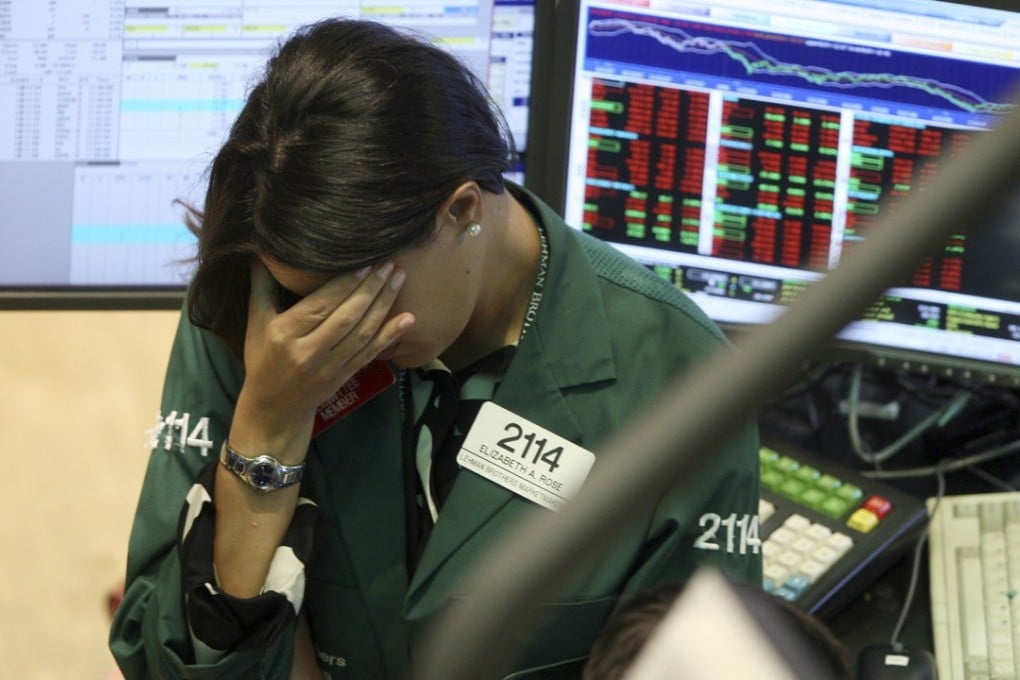Advertisement
The View | US-China trade war and mounting debt risk disaster 10 years after the global financial crisis
Alan Bollard says that as the Apec finance ministers gather, they should discuss the factors – such as tariffs, increasing debt and weakening currencies – that risk a repeat of the Great Recession
Reading Time:3 minutes
Why you can trust SCMP

Over the past decade, we have learned that a serious banking failure with risky balance sheets can feed into a major international financial crisis. That, in turn, is big enough to cause an economic crisis, as we saw with the Great Recession. The downturn in growth, trade and productivity that followed also opened up the possibility of a new contagion today.
The global financial crisis, which I confronted as governor of the Reserve Bank of New Zealand at that time, masked some very important developments that in the ensuing years have fostered both recovery and new risks. One of the biggest has been continued strong growth in China, which helped keep world production growth buoyant thanks to huge Chinese fiscal stimulus.
During this period, China has increased its domestic value added and pushed up the value chain, in line with its “Made in China 2025” policy. Notably, it has boosted its share of trade in fast-growing markets, harnessing easing measures driven by practical engagement with other Asia-Pacific Economic Cooperation member economies, and invested heavily under the Belt and Road Initiative.
Advertisement
All the while, we have seen a socio-economic metamorphosis globally like no other in history – from the ongoing energy revolution, and big surges in middle-income growth and consumption in emerging Apec economies such as China and those in Southeast Asia and Latin America, to demographic shocks due to ageing and lower birth rates, and accelerating technological change.
The implications of these phenomena for traditional industries, jobs and communities have stoked fears about globalisation’s costs that lie behind current trade frictions. It is a situation that raised a red flag during the IMF-World Bank Annual Meetings in Bali and provides impetus for Apec finance ministers who are meeting this week in Port Moresby, Papua New Guinea to act.
Advertisement
Select Voice
Choose your listening speed
Get through articles 2x faster
1.25x
250 WPM
Slow
Average
Fast
1.25x
